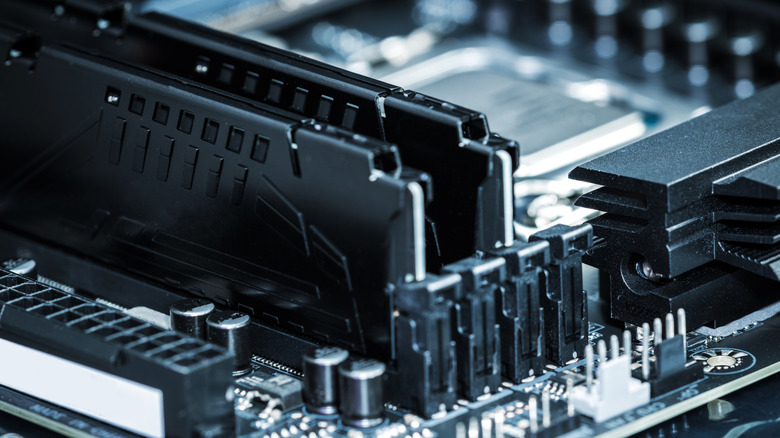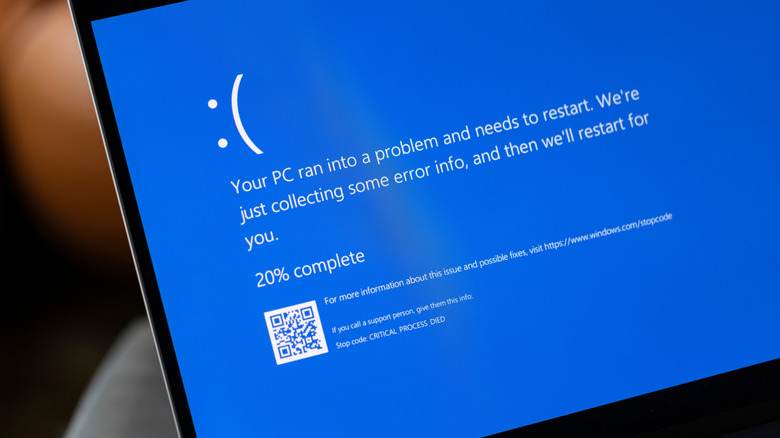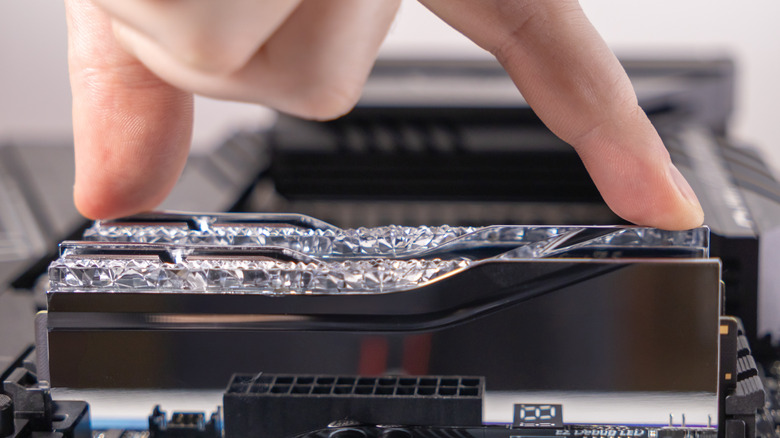Signs Your RAM Might Be Failing (And What To Do About It)
RAM (Random Access Memory) can be a significant cause of system instability, often leading to crashes, freezes, corrupted files, and even preventing proper bootup. While RAM issues may not be immediately apparent, they often display clear warning signs that can be confirmed with targeted software checks or manual inspections. RAM plays a vital role in a computer's performance, and any malfunction can lead to disruptions across the entire system.
Unlike a hard drive, which stores long-term data, RAM temporarily stores active computing data while the computer is running, which includes all open applications and background processes. Even minor corruptions can break those operations, leading to application errors, performance degradation, data loss, or even the Blue Screen Of Death (BSOD).
In most cases, however, RAM failure does not happen overnight. It wears down over time, causing increasingly severe problems as it continues to break down. RAM malfunctions can occur for many reasons, including poor handling, power fluctuations, cooling issues, or long-term wear. Recognizing these symptoms early is key to minimizing the damage and restoring overall functionality.
Common warning signs of failing RAM
While faulty RAM can be detrimental to a PC, it shows clear signs of failure long before becoming completely obsolete. These signs often include frequent crashes or performance drops while playing PC games or editing videos. These crashes may involve a single application shutting down or giving unexplained errors, or even force a full system reboot. If these crashes follow no discernible pattern and occur under different workloads, it may be a sign that RAM is starting to fail.
Corrupted files are another common sign of RAM failure. Since RAM handles temporary data while the computer is writing or transferring files, any issues can cause those files to become unreadable, even if the hard drive they are stored on is functioning normally. Similarly, when operations randomly slow down, it is often pinned on running low on storage or malware concerns. However, this can also result from faulty memory that can no longer reliably hold data for multiple processes at once.
A major indicator appears during startup, sometimes preventing the computer from booting up properly. If the monitor stays black and the system sends out a pattern of short or long beeps, this is likely a POST (Power-On-Self-Test) error. Machines with BIOS (Basic Input/Output System) firmware conduct a self-diagnosis when booting up. If the diagnosis fails, it uses the audio signals to alert users to existing problems. Depending on the manufacturer, repeated or patterned beeps often point directly to memory-related issues.
Testing and fixing faulty RAM
The first step to diagnosing RAM issues is through software-based tests. Windows PCs can use the Windows Memory Diagnostics tool, which can be accessed via a quick search on every system. Once activated, it restarts the system and checks for faults in the memory. For Linux and macOS devices, MemTest86 is available for free online. Similar to the diagnostics tool, the machine will reboot and display the memory results after the test is complete. However, these tests are not conclusive. Subtle issues sometimes escape automated tests.
For a deeper check, manual inspection of the modules and replacement might be necessary. After powering down and unplugging the computer, remove and reseat the RAM modules one at a time. Booting with each stick separately can help isolate the cause. Even with multiple functional sticks, a single faulty one can cause issues. In some cases, cleaning the sockets and gold contacts of the RAM gently with a dry, lint-free cloth may also resolve poor connections caused by dust or oxidation.
If the problems haven't been solved yet, they may be too deeply rooted to fix. Professionals can diagnose whether it's the RAM, motherboard, or other components at fault. Most desktops allow users to replace their components, and high-performance RAM is available at relatively low cost compared to other PC hardware. Replacing or upgrading faulty RAM is one of the simplest ways to restore performance and functionality in a single step.


